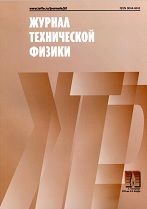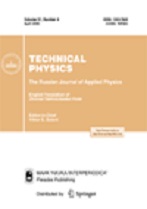|
This article is cited in 1 scientific paper (total in 1 paper)
III International Conference Physics -- Life Sciences
Polymer materials for biomedicine
Composite matrices based on copolyamide and polypyrrole for tissue engineering
N. V. Smirnovaab, I. Yu. Sapurinaab, M. A. Shishovab, K. A. Kolbea, E. M. Ivan'kovaab, V. V. Matryenichevb, V. E. Yudinab
a Peter the Great St. Petersburg Polytechnic University
b Institute of Macromolecular Compounds, Russian Academy of Sciences, St. Petersburg
Abstract:
We have demonstrated the possibility of application of electroconducting polymers for fabricating bioactive matrices for tissue engineering. Polypyrrole is most promising among such polymers in the context of its biomedical applications. Polypyrrole possesses a number of properties that make it an adequate basis for preparing “smart” bioactive materials. To obtain the best mechanical properties of composite matrices, we used aliphatic copolyamide. The matrices obtained from the copolyamide solution had the structure of thin films, as well as fibrous nonwoven mats prepared by electroformation. Copolyamide films were modified with polypyrrole using polymerization by oxidation with the formation of composite matrices. The samples obtained in this way exhibited service properties acceptable for applications and an electric conductivity level sufficient for cell technologies. In the in vitro experiments, the copolyamide- and polypyrrole-based matrices support the viability, adhesion, and proliferation of human dermal fibroblasts.
Keywords:
conducting polymers, polypyrrole, matrix, tissue engineering.
Received: 04.02.2020
Revised: 04.02.2020
Accepted: 17.02.2020
Citation:
N. V. Smirnova, I. Yu. Sapurina, M. A. Shishov, K. A. Kolbe, E. M. Ivan'kova, V. V. Matryenichev, V. E. Yudin, “Composite matrices based on copolyamide and polypyrrole for tissue engineering”, Zhurnal Tekhnicheskoi Fiziki, 90:10 (2020), 1644–1649; Tech. Phys., 65:10 (2020), 1574–1579
Linking options:
https://www.mathnet.ru/eng/jtf5175 https://www.mathnet.ru/eng/jtf/v90/i10/p1644
|


| Statistics & downloads: |
| Abstract page: | 54 | | Full-text PDF : | 16 |
|





 Contact us:
Contact us: Terms of Use
Terms of Use
 Registration to the website
Registration to the website Logotypes
Logotypes








 Citation in format
Citation in format 
